How do I open and edit the Windows registry
Before knowing how to open and edit the windows registry, let's understand what a registry is. The registry is a central database that consists of information, applications, hardware, and software installed on Microsoft Windows. The registry is installed in an operating system.
Whenever we try to fix windows errors or modify the features of Windows, then we require to edit the Windows registry.
How to open the Windows registry
Every windows version has a different methodology for opening its registry. Follow the steps that are given below to open it.
Windows 11
- Select the lens icon on the Windows taskbar.

- In the search window at the top, explore the text field, type "regedit," and click enter.
- When the “User Account Control dialog box” is spotted, to open Registry Editor click the "Yes" option.
- Now the window of Registry Editor is opened, similar to the below figure.
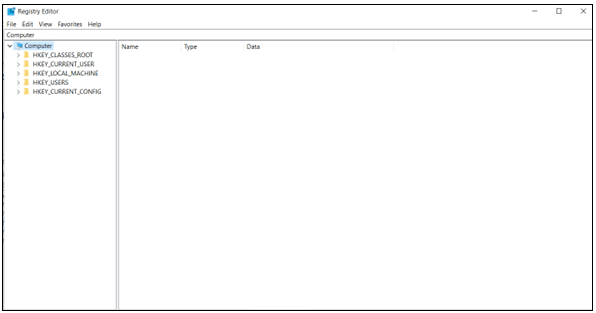
Windows 10
- For Windows 10, also select the Windows search box, type "regedit" on the taskbar, and click enter.
- When the “User Account Control dialog box” is spotted, to open Registry Editor click "Yes" option.
- Now the window of Registry Editor is opened, similar to the below figure.
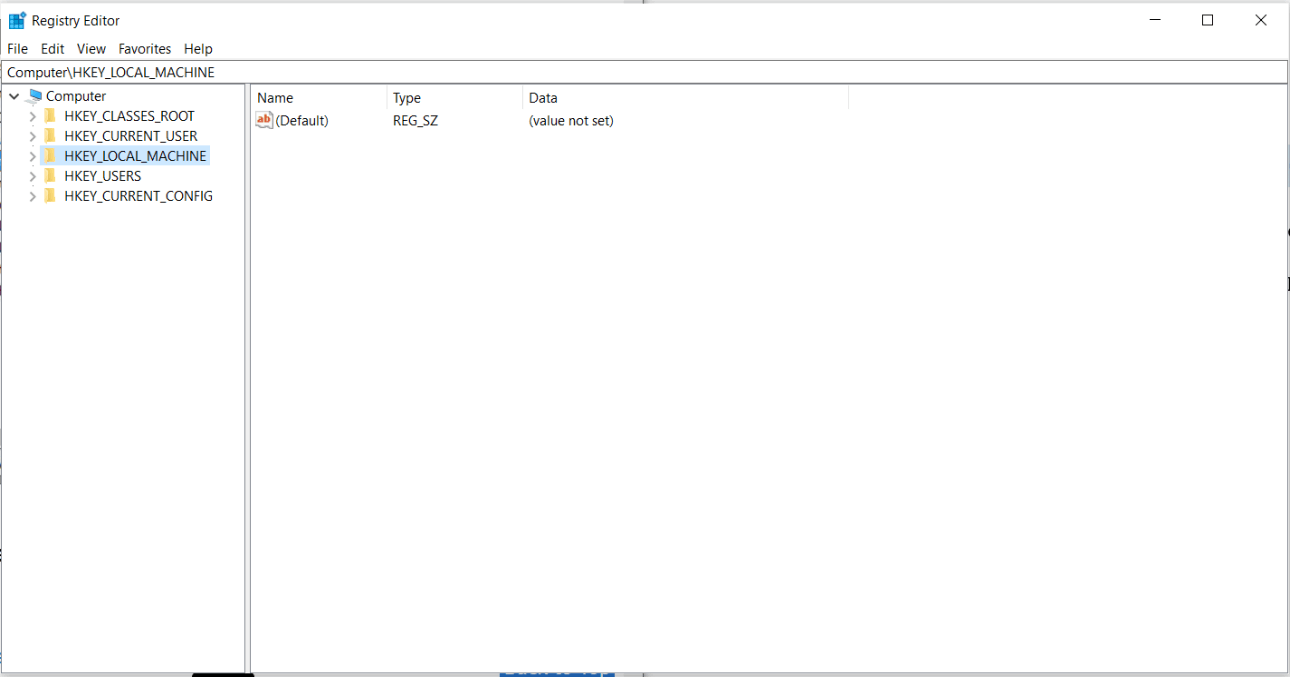
Windows 8
- Select the Start icon, type "regedit", and then select in the search results for the regedit option.
- When the “User Account Control dialog box” is spotted, to open Registry Editor click "Yes" option.
- Now the window of Registry Editor is opened, similar to the below figure.
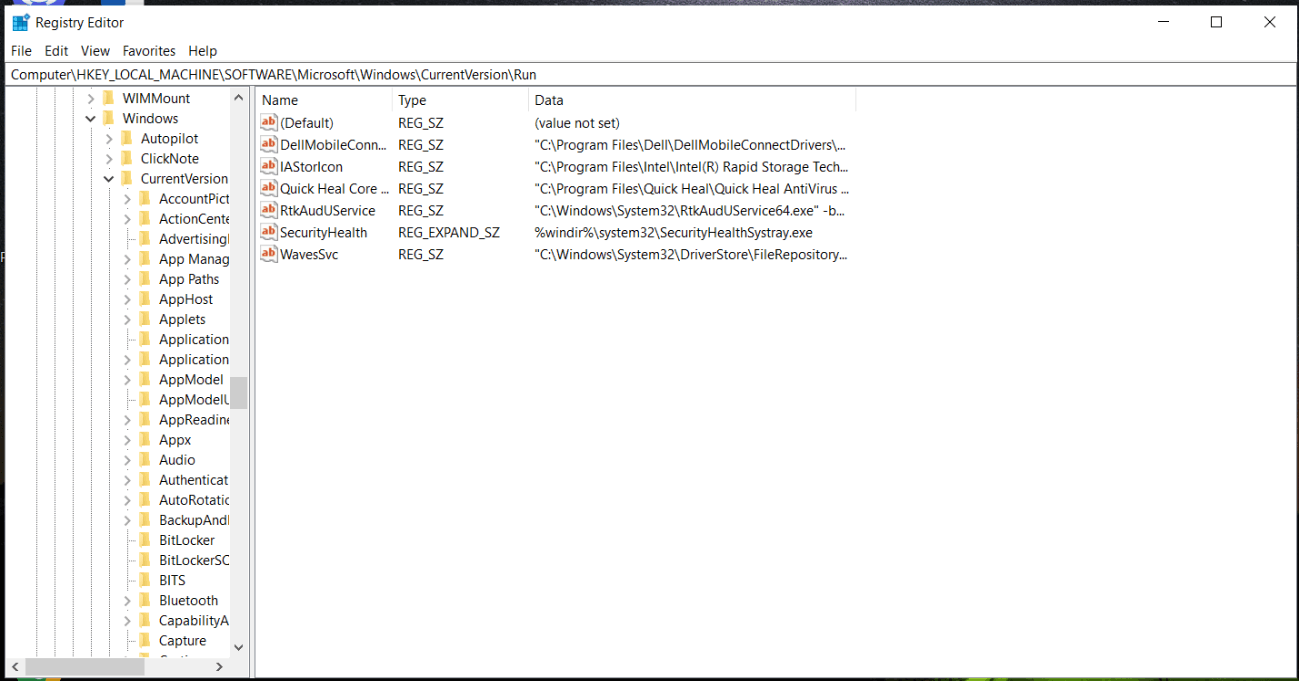
Windows 7 and earlier
- Select start and then click the Windows key.
- Then in the start menu in the search box or run box, type "regedit" and click enter.
- When the “User Account Control dialog box” is spotted, to open Registry Editor click "Yes" option.
- Finally, Windows Registry Editor will be opened.
Open Register Editor in Windows in 5 ways
1. By Run Command
Press the "Windows key + R" then write the "regedit" followed by pressing the enter key.
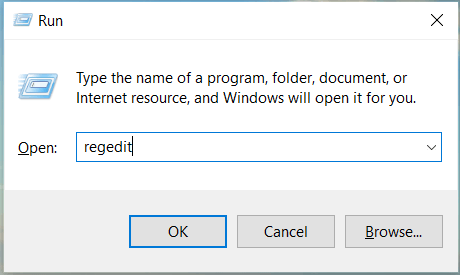
2. By Windows Search
In the windows, in the taskbar, press the start menu, then in the search box, type "registry" or directly press "Windows+ S" to get the search box. In the end, the Registry editor will be opened.
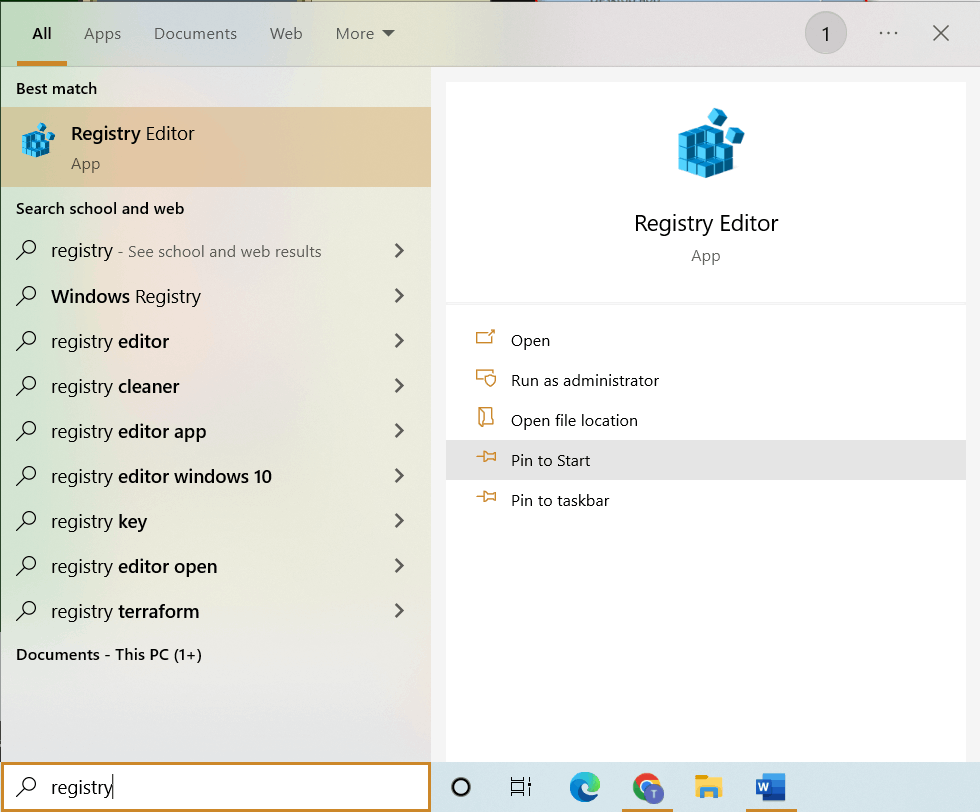
3. By Command Prompt or PowerShell
When users are already working with the Command Prompt, write “regedit” and press enter key.
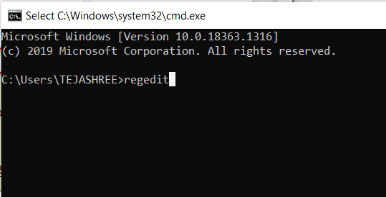
4. By creating a Shortcut
If a registry is in frequent use, then creating a shortcut would be more beneficial because it would save time.
To do this, press the "Windows key + R". After that, type in C:\ProgramData\Microsoft\Windows\Start Menu\Programs\Administrative Tools.
Currently on the Registry Editor, press the right-click, then a menu is seen in that click on the Create Shortcut. Then you can create a shortcut from a prompt window as seen on your desktop.
Then you can place it on the desktop through drag and drop, or else you can also pin it to taskbar.
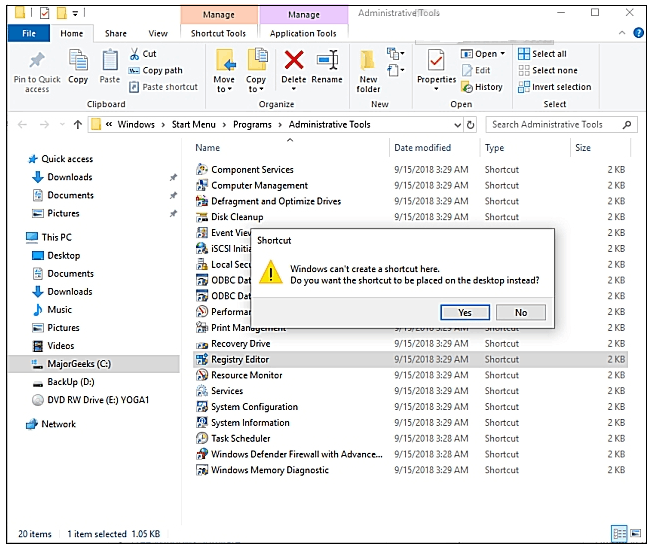
5. By assigning a keyboard Shortcut
One more option for a frequent user of Editor is to right-click on the shortcut after creating the shortcut and click on "properties", select the shortcut tab and click the shortcut key and select any key, whatever keys you have pressed that will be your keyboard shortcut.
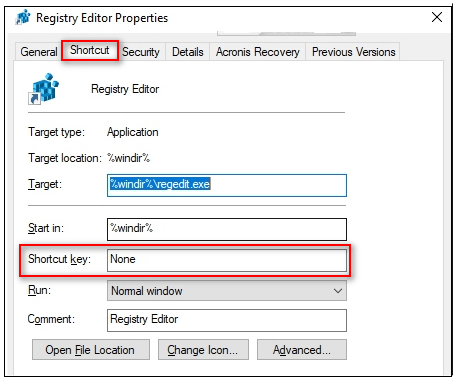
Browsing the Windows Registry
Whenever the registry is edited by the users, the location of the registry value is given to them. By following that path, users can edit the values. The path looks like the following figure.

To get through the location, first, open the "HKEY_LOCAL_MACHINE" key. Then select SOFTWARE, Microsoft, Windows, CurrentVersion, and Run folder.
Here every backslash(‘\’) represents a folder.
Editing Windows registry value
For editing the value present in a registry, double-click the value that should be edited. As in the below figure, when double-clicking on the Quick heal value, an "Edit String" named dialog box is opened where we can make necessary modifications such as changing the value name and value data.
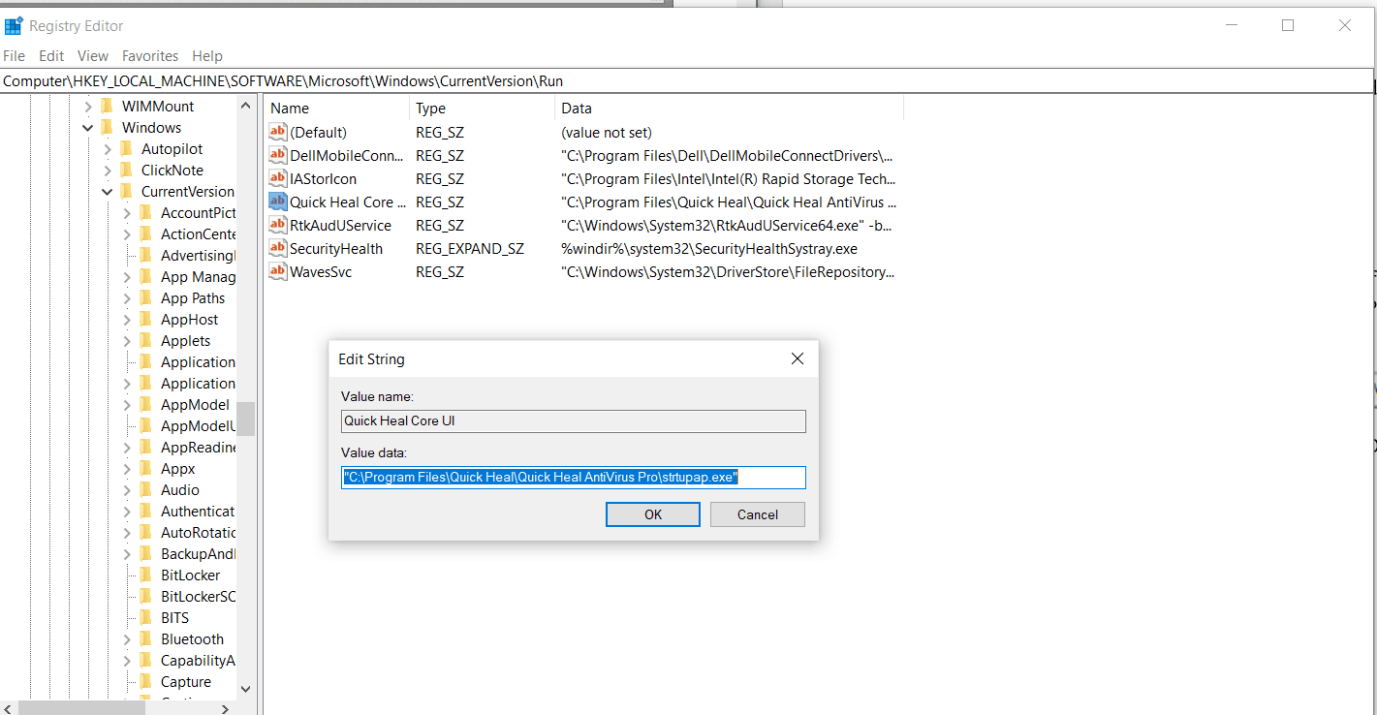
Deleting a registry value
For deleting the value of a registry. Select the registry name that you want to delete. Then press the delete key on the keyboard.
Shorthand and abbreviations of Windows registry
Every time writing full names of registry values will be tedious, so we instead use abbreviations. For example, we use "HKLM" to denote "HEY_LOCAL_MACHINE".
Still, there are many shorthands that we can get in the registry definition.
Warning: While editing the registry, maintain most caution because editing the registry incorrectly might cause serious problems, such as we require to completely reinstall an operating system, and there might be data loss. So, to protect your device, avoid messages suggested by unofficial sites. For even more protection, first, make sure that you back up your registry and follow the documentation published by Microsoft. After this, you can restore data if a problem occurs. For more guidance, refer to "How to back up and restore the registry in Windows".
In the above discussion, we have used some registry root keys, so let's know their use.
Registry root keys
These keys consist the information about the file extension, hardware and software installed programmatic identifier, interface ID, keys, values, and subkeys.
Let's look at some specific Registry root keys:
| Root Key | Description |
| HKCR(HKEY_CLASSES_ROOT) | Specifies the type and extension of the file along with OLE information. |
| HKCU(HKEY_CURRENT_USER) | Consists of the user who ever logged in to the settings, windows. |
| HKLM(HKEY_LOCAL_MACHINE) | Consists of information about the computer software and hardware. Users who will log on to the laptop or computer can use the information. This HKLM is mostly edited and viewed by the users. |
| HKU(HKEY_USERS) | All the user's generic and specific information is present. |
| HKCC(HKEY_CURRENT_CONFIG) | The current hardware configuration which is attached to the computer is present. |